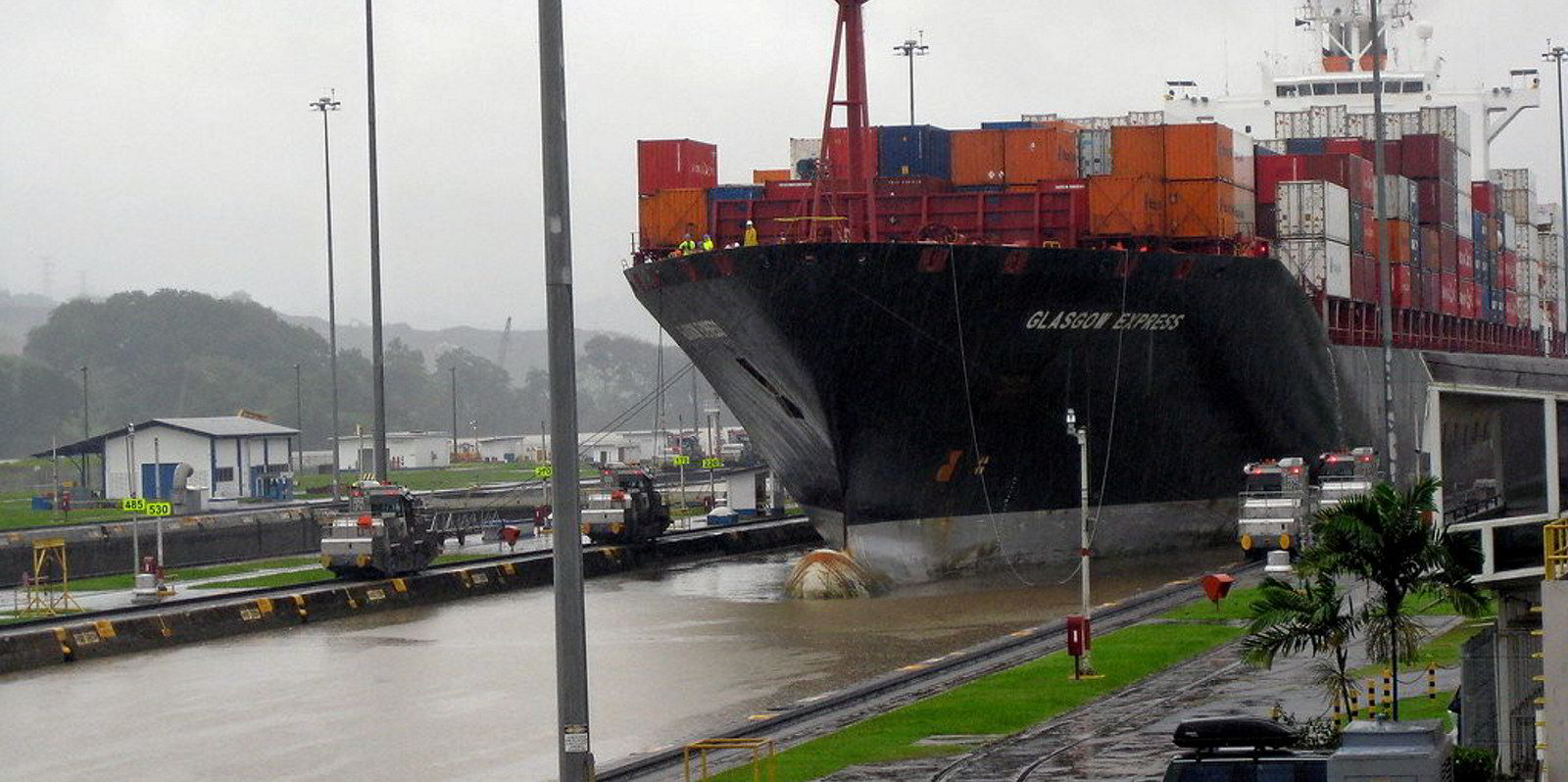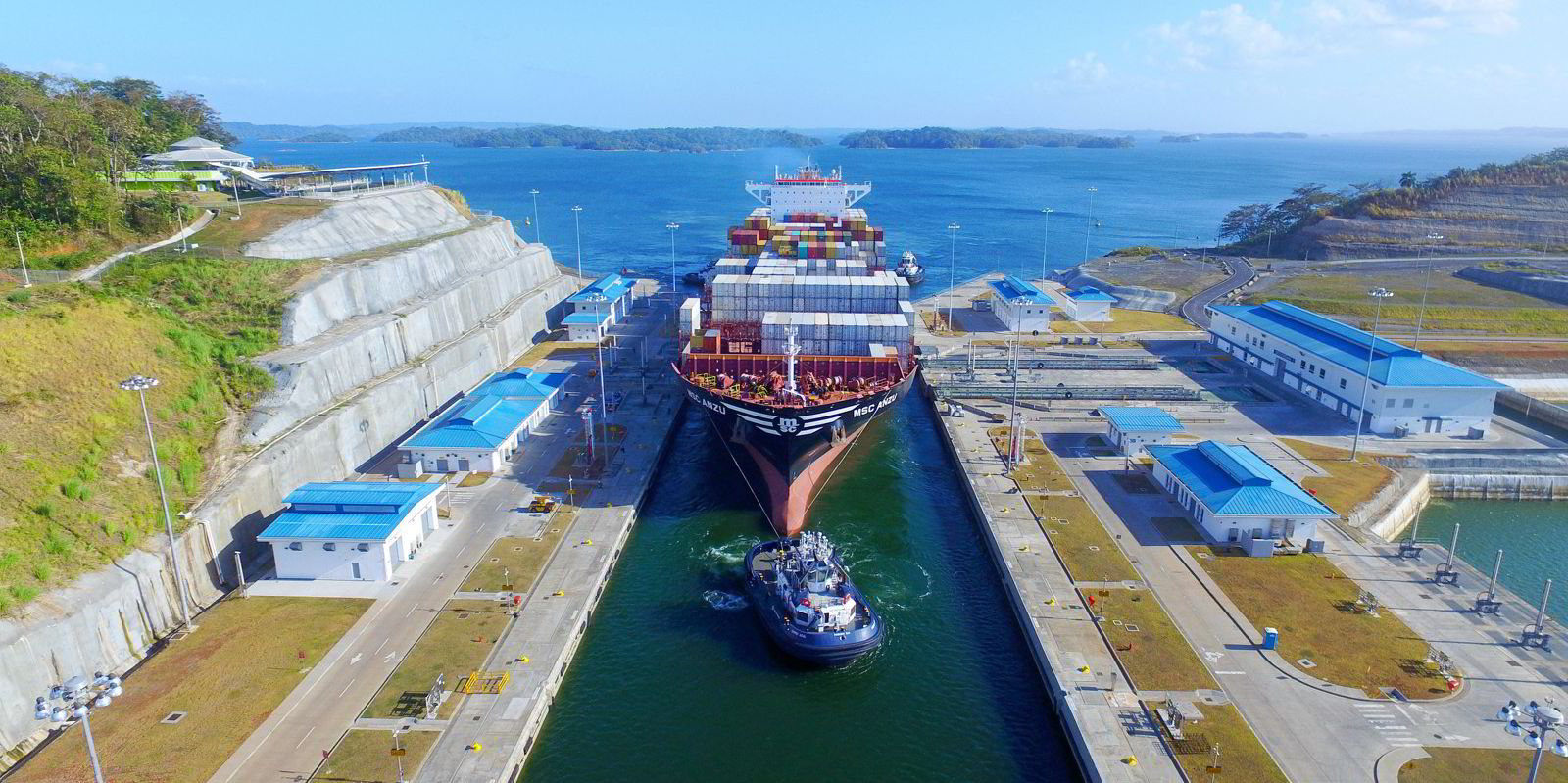Transpacific liner operators are set to push for more freight rate increases next month as they attempt to seal long-term contracts.
But their ability to implement another round of General Rate Increases will require a big rise in the number of blanked sailings, according to analysts.
Rates from Asia to the US West Coast were down $200 to $1,311 per 40-foot equivalent unit (feu) on 24 May, amid lingering concerns over the strength of demand and inventory restocking.
Zim conceded this week that contracts that might normally be signed had still not been closed because the Israeli liner operator is unwilling to commit to long-term deals at loss-making levels.
But efforts to increase rates could receive a boost from surcharges to be implemented on vessels sailing through the Panama Canal.
Some carriers have announced surcharges of $300 to $500 per container for shipments passing through the canal starting from 1 June.
That is the result of a severe drought that has led to restrictions on the weight of larger vessels from 24 May, and then a further decrease in the allowable load from 29 May.
If the increased cost pushes demand back to the US West Coast, there could be some impact on West Coast rates as well, argues Freightos research head Judah Levine.
Spot rates from Asia to the US East Coast remain stable at $2,330 per feu, but that is still well below what carriers have been seeking for long-term contracts.
Those rates look likely to rise if, as some analyst suggest, shippers split heavier cargo onto two ships, costing an extra $1,500 per container.
At least one operator confirmed that lines have been transferring cargoes for land services across Panama.
Rate discipline
While freight rates remain stubbornly low, they are higher than pre-Covid levels, according to Bimco chief shipping analyst Niels Rasmussen.
Except for the US, Australia/New Zealand and Lagos, spot rates to all destinations are more than 10% higher in May 2023 than in May 2019.
To the Mediterranean, Santos, Dubai and Durban, they are about double what they were in May 2019.
But liner operators have become more efficient at matching capacity to cargo demand, or else “a newfound freight rate discipline has emerged”, Rasmussen said.
“No matter the underlying reason, we can conclude that despite a 70% to 80% fall in freight rates, and a worsening of the supply/demand balance, liner operators have so far been quite successful in keeping rates higher than pre-pandemic levels,” he said.






